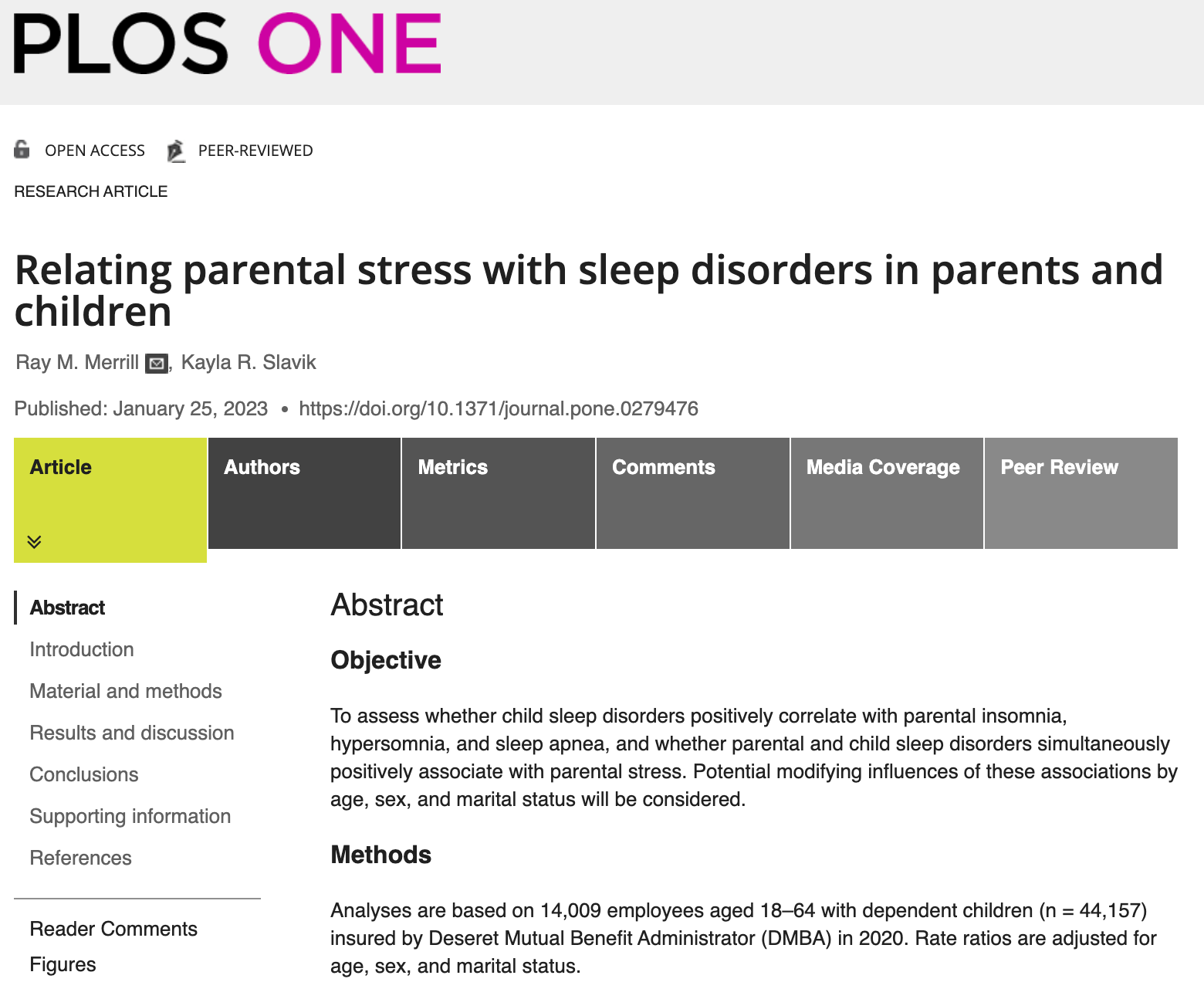Reporting Research
When psychologists complete a research project, they generally want to share their findings with other scientists. The American Psychological Association (APA) publishes a manual detailing how to write a paper for submission to scientific journals. Unlike an article that might be published in a magazine like Psychology Today, which targets a general audience with an interest in psychology, scientific journals generally publish peer-reviewed journal articles aimed at an audience of professionals and scholars who are actively involved in research themselves.
Peer-Reviewed Journals
A peer-reviewed journal article is read by several other scientists (generally anonymously) with expertise in the subject matter. These peer reviewers provide feedback—to both the author and the journal editor—regarding the quality of the draft. Peer reviewers look for a strong rationale for the research being described, a clear description of how the research was conducted, and evidence that the research was conducted in an ethical manner. They also look for flaws in the study’s design, methods, and statistical analyses. They check that the conclusions drawn by the authors seem reasonable given the observations made during the research and comment on how valuable the research is in advancing the discipline’s knowledge.
Peer review generally provides some degree of quality control for psychological research. Poorly conceived or executed studies can be weeded out, and even well-designed research can be improved by the revisions suggested. Peer review also ensures that the research is described clearly enough to allow other scientists to replicate it, meaning they can repeat the experiment using different samples.
Reading Research
In this course and throughout your academic career, you’ll be reading journal articles and reports that explain psychological research. It’s important to understand the format of these articles so that you can read them strategically and understand the information presented. Scientific articles vary in content or structure, depending on the type of journal to which they will be submitted. Psychological articles and many papers in the social sciences follow the writing guidelines and format dictated by the American Psychological Association. In general, the structure is: abstract, introduction, methods, results, discussion, and references.
- Abstract: the concise summary of the article. It summarizes the most important features of the manuscript, providing the reader with a global first impression of the article. It is generally just one paragraph that explains the experiment as well as a short synopsis of the results.
- Introduction: provides background information about the origin and purpose of performing the experiment or study. It reviews previous research and presents existing theories on the topic.
- Method: covers the methodologies used to investigate the research question, including the identification of participants, procedures, and materials as well as a description of the actual procedure. Gives enough details so someone else could do the same study.
- Results: shows what was discovered in the study, including any important numbers or stats.
- Discussion: talks about what the findings mean and why they matter. Discusses other ways to look at the results and what could be studied next. Also mentions what the study did well and where it could improve.
